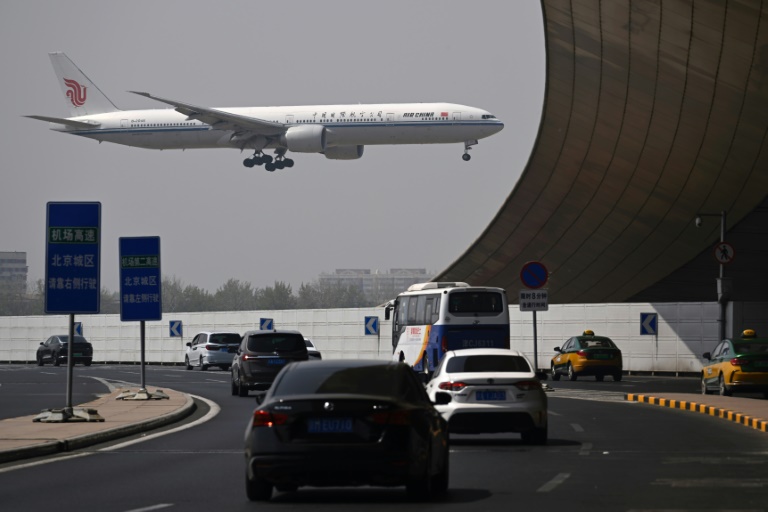In the past few years, Chinese vehicles have become a formidable threat to established manufacturers, particularly in the SUV space. But just how significant are these sales figures? We compared the first quarter sales of all Chinese brands, from 2020, 2023 and 2025, and although these brands have yet to command a lion’s share of the market, their share of the sales pie is growing rapidly. Chinese car and light commercial vehicle sales, as reported to Naamsa, amounted to just 3,247 units in the first quarter of 2020, accounting for 2.
78% of the total vehicle market. By Q1 2023, this share had grown to 6,98% of the total vehicle market, from 9,559 unit sales, and by the first quarter of this year, the Chinese brand share was 11.81%, with 17,003 sales.

Keep in mind that these percentages are based solely on the manufacturers that report sales to Naamsa, and some recently introduced brands, such as GAC, MG and LDV, are missing from that picture. Our analysis shows that BMW sales have remained relatively consistent over the past five years, with Q1 sales amounting to an estimated 2,898 units in 2020, 4,017 in 2023 and 3,777 in 2025. Mercedes has lost considerable ground though, falling from 4,751 unit sales in Q1 2020 to 2,039 in 2023 and just 1,274 in 2025.
In 2020, Haval was the only Chinese product selling volumes of any significance, accounting for 3,078 sales in Q1. It gained further prominence in late 2021 when the Jolion was released, which was the first Chinese product to ever sell in the region of 1,000 units per month. Chery entered the picture that year and achieved similar success with the Tiggo 4 Pro , which helped the brand achieve sales of 4,210 units in Q1 2023, albeit still behind Haval’s overall volume of 5,105.
In 2025 Chery led the first quarter sales race, with 5,739 units, followed by GWM, previously Haval, at 5,535 units. Today, even more brands are rising to prominence, with Omoda & Jaecoo moving 2,321 units in Q1 and Jetour managing 1,430. They were followed by Foton, with an estimated 700 units, as well as BAIC (666) and JAC (605).
It’s still a close race between the Chery Tiggo 4 Pro and Haval Jolion on the sales charts, with the pair posting average monthly sales of 1,123 and 1,061 respectively. The Omoda C5 is also gaining popularity, with just over 540 sales per month. On the bakkie front, GWM’s P-Series is out in front with an average of 245 sales per month, followed by the Foton Tunland (218) and JAC T-Series (142).
Standard Bank says it has seen a consistent year-on-year increase in finance applications for new Chinese cars since 2022. “Even though Chinese brands currently represent around 10% of our retail sales, their upward trajectory is remarkable given the challenging market conditions,” said Derick De Vries, Head of Automotive Retail at Standard Bank. It appears buyers are lured by the value for money offered by these Chinese products, which often sell for considerably less than their mainstream competitors, while typically offering more in the way of standard features.
However, many Chinese-sourced vehicles have been criticised for above-average fuel consumption and ultimately their longevity has not yet been proven to the same degree as other more established brands. Nonetheless, an increasing number of buyers are taking the chance, and this is slowly posing an existential threat to other carmakers in South Africa. IOL.















